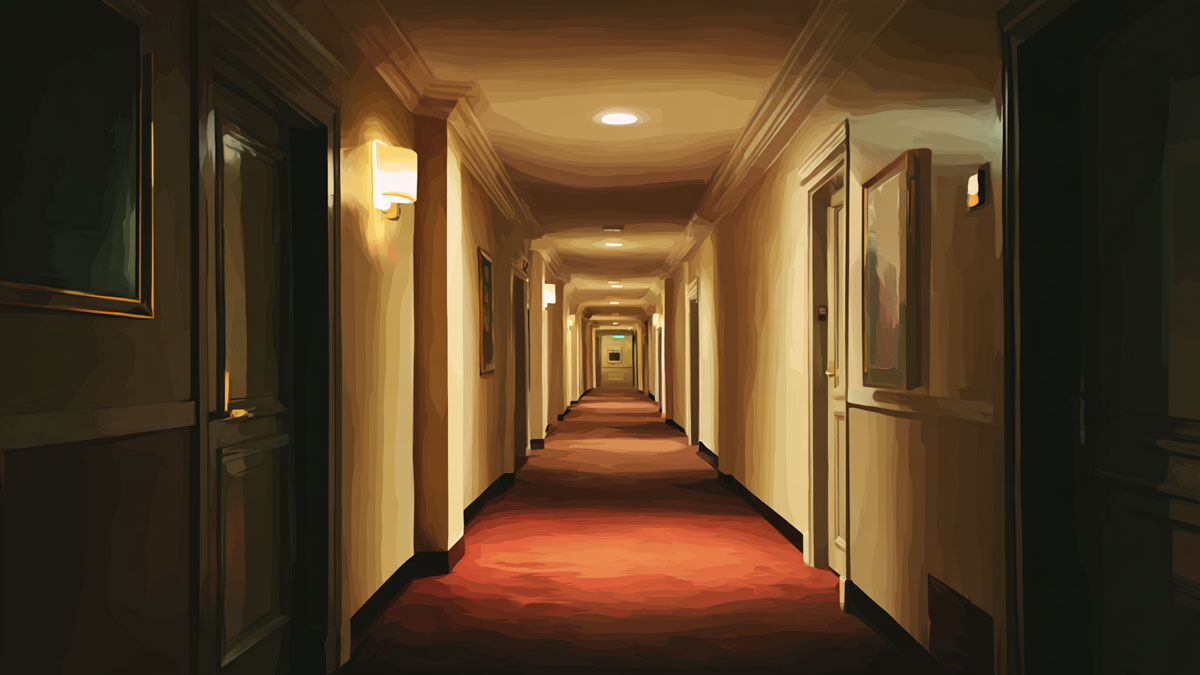
An important advantage of LEDs is that their lifespan does not depend on the number of on-off cycles. In contrast, for fluorescent lamps, every switching cycle shortens their service life. Because of this feature, LEDs make it possible to save additional electricity through automatic lighting control. The corresponding systems don’t have to be complex or expensive. In this article, we’ll look at several types of relatively simple automation devices that can either be added to or integrated into a light fixture.
Photo Relay
A photo relay is a device that measures the level of ambient light. If the value exceeds a preset threshold, the artificial lighting turns off. When the light level drops below another preset threshold, the lighting turns on. A photo relay must have hysteresis, meaning the turn-on threshold for artificial lighting should be higher than the turn-off threshold.
Acoustic Sensors
These sensors are used mainly in apartment building stairwells. When the noise level stays below a set threshold, the light fixture is off or operates in standby mode (the light output is reduced several times compared to its nominal level). When someone enters or leaves the stairwell, they create noticeable noise, triggering the acoustic sensor, which turns on the light fixture (or switches it to full operation). Since people in stairwells make sounds intermittently, a delay timer keeps the light on for a set period even when it’s quiet. After that period expires, the fixture turns off.
The advantages of acoustic sensors are low cost and high reliability. The downside is that they can’t be used everywhere. In residential or office interiors, soft flooring and quiet doors prevent the sensor from triggering. In factories, equipment noise may cause false activations.
Motion Sensors
It’s technically possible to design a sensor that detects human presence in a room. However, such a device would be so expensive that its use wouldn’t be cost-effective. Therefore, motion sensors are used instead—they are much cheaper. If someone is in the room, they’re likely moving at least occasionally. When movement is detected, the sensor turns on the light fixture. As with acoustic sensors, there’s a delay period before the light turns off again.
Motion sensors come in infrared (IR) and microwave (MW) types.
An IR sensor detects motion from infrared radiation emitted by the human body. Its main advantage is low price, while its drawback is low accuracy—it may turn off lights even while someone is still in the room.
An MW sensor acts as a radar, detecting any movement, including nonliving objects. It’s much more accurate than an IR sensor. However, its drawbacks include higher power consumption, which makes it unsuitable for battery-powered fixtures, and the possibility of false triggers from moving machinery.
Conclusion
In conclusion, when assessing the energy efficiency of using LEDs instead of fluorescent lamps, it’s important to consider not only their higher luminous efficacy but also the potential for automatic control of lighting fixtures. For fluorescent lamps, the use of such control systems is either difficult or impractical.






